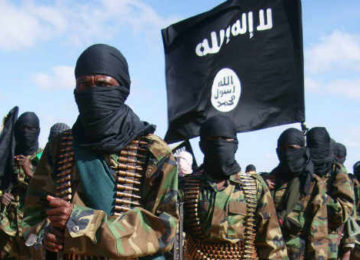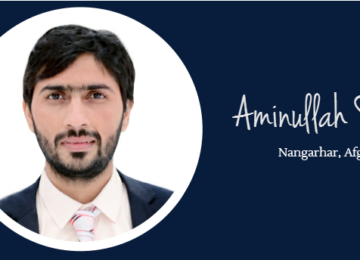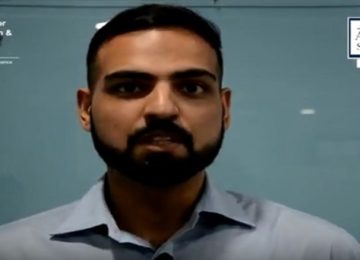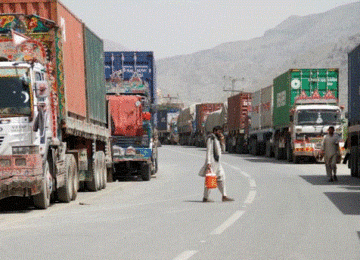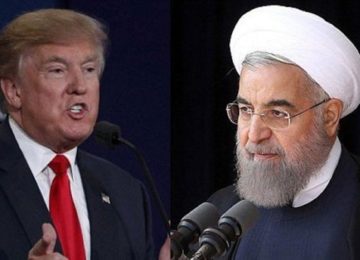As their visibility in all sectors minimizes with each passing day, Afghan women exhibit resilience and grit in the face of adversity. Journalists, artists, and students – all await a better future. Will the Taliban embrace change and empower their voices?
Afghanistan, once a flourishing space for independent journalism, is now marred by closures, restrictions, and a narrowing space for female journalists. In just two years, it has witnessed a staggering decline in the number of media outlets. [1]A disconcerting count of over 300 media outlets has ceased their operations, leaving more than 5,000 journalists grappling with unemployment. [2]The World Press Freedom Index reflects Afghanistan’s plummet from 122nd in 2020 to a concerning 156th in 2022, revealing an alarming erosion of media freedom.
Beyond the shuttered doors and lost jobs lie several challenges that plague the Afghan media scene. One of the most critical is the dearth of timely and accurate information. Journalists face hurdles in their pursuit of credible news, with sources often failing to provide information promptly. The landscape is also marred by a disturbing escalation of violence and backlash against journalists.
Economic factors, too, have played a pivotal role in the media’s decline. Financial pressures have crippled numerous media outlets, forcing them to close down. The intricate web of challenges, including financial constraints, safety threats, and restricted access to information, has collectively cast a shadow over journalism in Afghanistan. According to figures from some groups supporting the media, after the political change in the country, 94% of female journalists have become unemployed due to restrictions on the work of female journalists, while 22 provinces currently lack
any female journalists, either due to systemic challenges or security concerns. Even media outlets catering specifically to women have not been spared. A staggering 10 out of 17 such outlets have been silenced, signifying a distressing pattern of suppression.
The struggles faced by female journalists extend beyond representation to participation. Instances of barring female journalists from press conferences further underscore the gender-based discrimination prevalent in the field. These setbacks are compounded by economic difficulties. Many female journalists work without compensation and face an uphill battle for recognition.
Internationally, there’s a growing divergence between the concerns raised by organizations and Afghanistan’s official statements. While the Ministry of Information and Culture maintains its support for media activities, external bodies like UNAMA are painting a far less rosy picture.
However, in the midst of these challenges, signs of hope emerge from Kabul. An art exhibition recently showcased the immense talent and resilience of Afghan women, particularly against the backdrop of educational restrictions. The fact that such an event could take place in Kabul might suggest that the Taliban, despite their rigid past, could be open to nuances in women’s social freedom. This platform, thus, amplified the voices of many, including those currently barred from formal education.
However, addressing the broader issues of media freedom and civil liberties demands a comprehensive approach. The onus is on the Afghan government to align Shariah with modern societal demands, while the international community must do more than just criticize. Investments in virtual platforms for Afghan journalists, particularly women, and support in virtual education for female students are crucial.
The overarching goal remains: to rejuvenate not just the media sector but the foundational principles of freedom of expression and basic civil liberty. In a Taliban-led Afghanistan, given the historical precedents and recent pledges of reform, the future of a rich media environment is clouded in ambiguity. The juxtaposition of past behaviors with current promises creates a landscape of uncertainty, especially concerning the representation and empowerment of female journalists. Their role, pivotal for a balanced and inclusive media, becomes even more significant in the context of Afghanistan’s sociopolitical dynamics.
Elsa Imdad
Elsa Imdad is a USG Alumna. She holds a bachelors in modern languages with an English major and Spanish minor. She has previously been part of American Spaces in Pakistan and now works as a Project Coordinator at the Center for Research and Security Studies. She is also a weekly contributor for Matrix. Her interests include public diplomacy, language teaching, peace and conflict resolution, capacity building for marginalized groups, etc.





